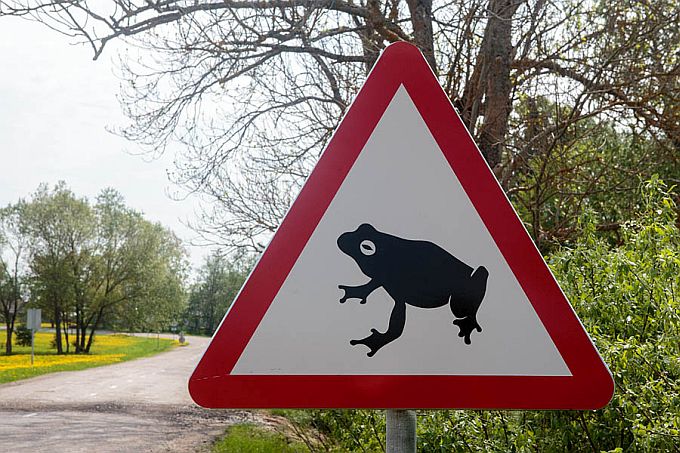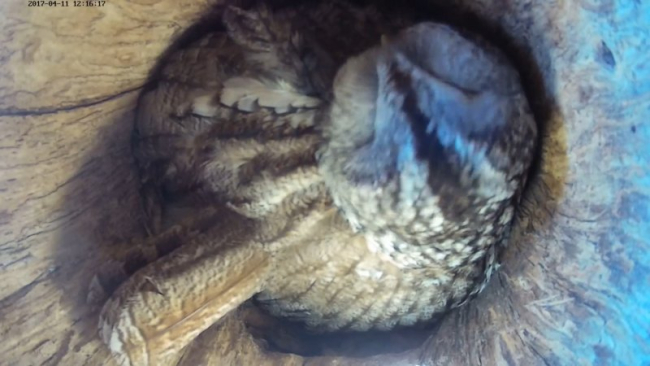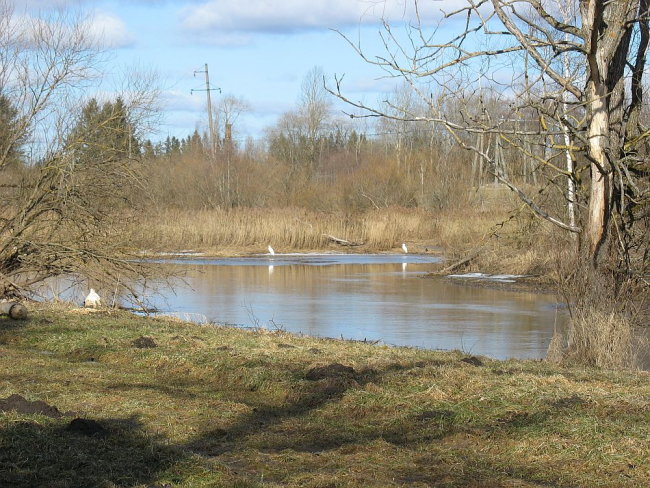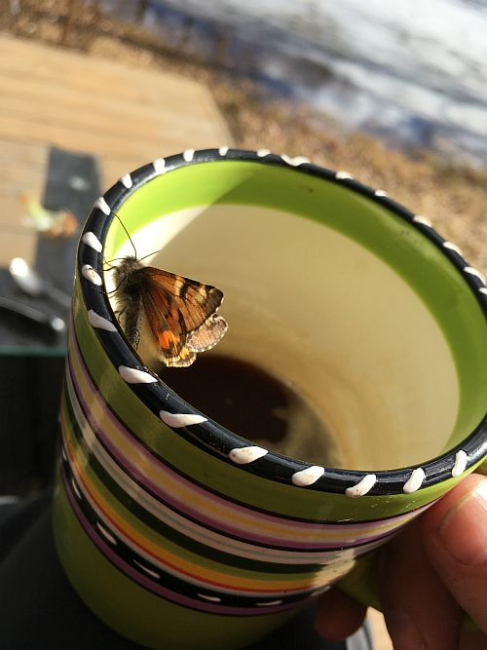First owlet hatched on Monday
Image from webcam by Maggy, LK forum
From the egg with ”holes”in it sounds could be heard late in the evening
Tawny owl Kodukakk Strix aluco
So owl mother Klaara laid her eggs in the nest trunk on March 15, 18, 21 and 24. This is how larger birds particularly birds of prey do, because the development of larger eggs is an energy-intense activity.








